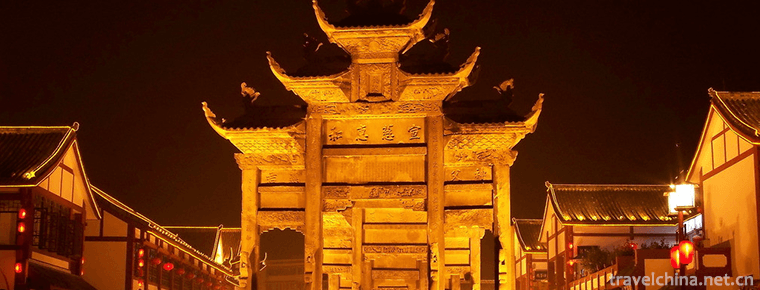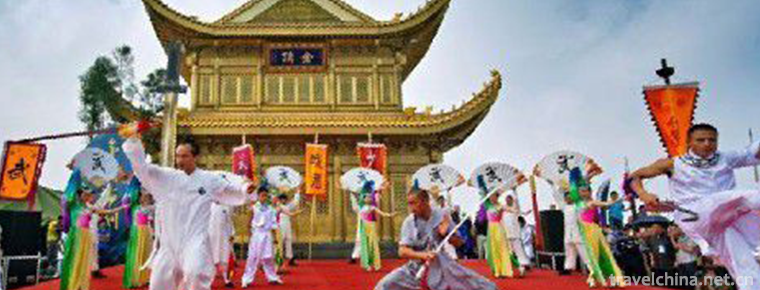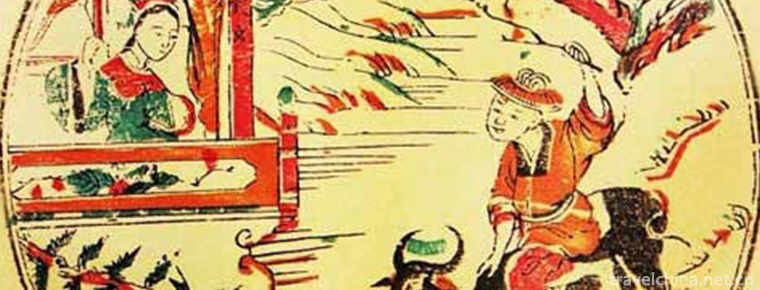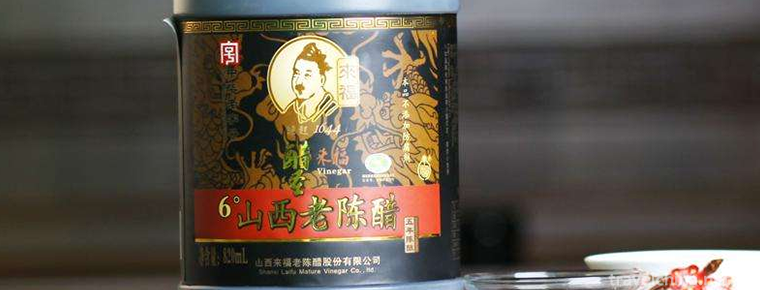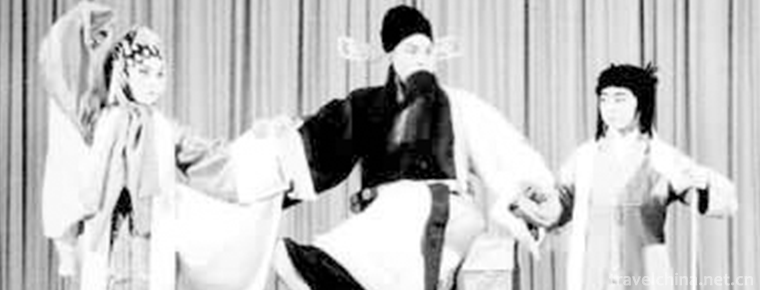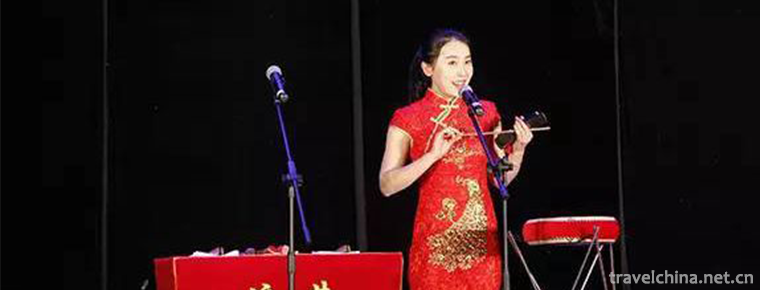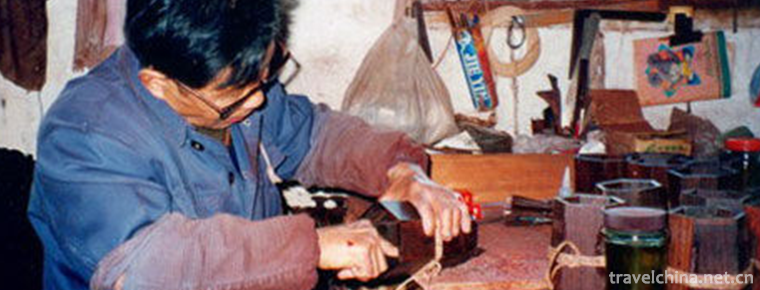Sintering Techniques of Dehua Porcelain
Sintering Techniques of Dehua Porcelain
Dehua ceramic firing technology is a traditional handicraft in Dehua, Fujian Province. Dehua ceramic production began in the Neolithic Age, flourished in the Tang and Song Dynasties, flourished in the Ming and Qing Dynasties, and developed in the contemporary era. Dehua ceramic sculpture began in the Song Dynasty and has never stopped, forming a unique traditional craft. One is to select high-quality kaolin to shape directly, the other is to pour or expand clay sculpture after turning the mould. Printing, drying according to the need to decide whether glaze, and then put into the kiln in more than 1,000 degrees of high temperature firing.
Its kneading process is exquisite, delicate and lifelike. In carving and relief decoration, the beauty of craftsmanship and material blend together, showing the temperament of famous kilns, especially white porcelain products with distinct shades, rich layers, opalescent glaze like gelatin, excellent transparency. Dehua ceramics has always been an important export of China's trade, and is known as "Oriental Art Treasure" with silk and tea.
On May 20, 2006, the firing technology of Dehua porcelain was approved by the State Council and listed in the first batch of national intangible cultural heritage.
historical origin
Dehua porcelain sculpture has a long history. According to 238 kiln sites from Tang to Qing Dynasty discovered by Dehua archaeology, combined with the analysis of samples of Neolithic hard pottery, printed pottery pieces, pottery unearthed from local ancient tombs and a large number of ancient kiln sites, it is inferred that the production of Dehua ceramics began in Neolithic Age, flourished in Tang, Song and Yuan Dynasties, flourished in Ming and Qing Dynasties, and developed in contemporary times.
In the late Tang Dynasty, Dehua Ceramics was well developed and compiled the first ceramic monograph "Ceramic Industry Law". In the Song Dynasty, the technology of making ceramics had adopted the techniques of rotation, impression and tyre jointing, with a large number of long kilns firing various celadon, blue and white ceramics, white ceramics and a small amount of black glazed ceramics. In the Yuan Dynasty, Dehua began to build "chicken cage kiln". The technology of firing ceramics was developed from reduction firing in the early Song Dynasty to oxidation firing technology. In the Song and Yuan dynasties, Dehua porcelain was exported in large quantities and became one of the main export commodities of the "Silk Road on the Sea" at that time. Italian traveler Marco Polo praised Dehua in his Travels to Marco Polo, which had "a large number of porcelain markets and exquisite production". Now the Italian Museum treasures the Dehua porcelain he brought back, which is called "Marco Polo Porcelain". Until the Ming Dynasty, Dehua Porcelain the Ming Dynasty. In 1637, Song Yingxing's Tiangong Kaiwu recorded that "Dehua kiln only fires celestial, exquisite figures and toy pottery". In the late Ming and early Qing Dynasties, Dehua pottery industry entered its heyday, especially the 350,000 pieces of Dehua blue and white pottery found by the sinking ship of the Taixing, which further proved that the production and export of Dehua pottery had been made in the Qing Dynasty. It reached its heyday.
Dehua Porcelain Sculpture began in Song Dynasty and developed to meet the needs of religious culture. With the maturity of the technique of porcelain sculpture, the continuous improvement of the original porcelain clay and glaze, and the long-term accumulation of firing technology, He Chaozhong made exquisite Dehua Porcelain Sculpture from local kaolin with fine texture, and reached an artistic peak in Ming Dynasty. It has formed its own unique artistic style. It is famous for its "gentle and delicate porcelain, exquisite and elegant porcelain sculpture, skillful work" and so on. It is known as "Chinese White" and "Oriental Art Treasure" by Chinese and foreign people. It enjoys the lofty status of the world's art treasures. In the late Ming and early Qing Dynasties, Dehua porcelain sculpture entered its heyday. After the late Qing Dynasty, Dehua porcelain industry declined. However, a few folk artists, such as Su Xuejin and Xu Youyi, insisted on making porcelain, inherited tradition and made innovations during the difficult years. Their works such as "Kneading Porcelain Plum Blossom", "Mulan Joining the Army" and "Guan Gong" won gold medals at international expositions such as Panama, Britain and Japan. After the founding of New China, Dehua Porcelain gained a new life and Dehua Porcelain Sculpture and Innovation. Jianbai Porcelain and Gaobai Porcelain are known as the "three golden flowers" of modern China's ceramic altar, and their products are exported to more than 150 countries and regions on five continents. Especially since the reform and opening up, Dehua has comprehensively promoted kiln renovation and firing technology innovation, vigorously implemented the strategy of "vitalizing porcelain by science and technology and art", and constructed many ceramic industrial zones. Ceramics have become the pillar industry of Dehua, and the development of porcelain sculpture is growing rapidly. In 1993, Premier Li Peng of the State Council wrote an inscription in his own hand: "Dehua is the Pearl of the Porcelain Country". From the Qing Dynasty to now, Dehua Porcelain Carving has basically inherited the artistic style of He Dynasty Zong, but it has also evolved and developed in different periods.
Inheritance and protection
Inheritance value
artistic value
Dehua porcelain sculpture is an outstanding representative of the folk kiln porcelain sculpture. Its creation is not fettered by the bureaucratic kiln. It has a wide range of materials, beautiful shape, smooth lines, solid and compact body glaze. Its products are rich in shape, practical, decorative and ornamental. It has the fragrance of folk ceramic art. In the Ming Dynasty, He Chaozhong made exquisite Dehua ceramic sculptures from local high-quality kaolin, forming a unique style. Special artistic style, known as "Chinese White" and "Oriental Art Treasure", enjoys the lofty status of the world's art treasures. Dehua porcelain industry has gained a new life, and new ceramic sculptures emerge. They inherit the excellent techniques and styles of their predecessors, and continue to innovate and develop, so that the art of Dehua porcelain sculpture can be handed down from generation to generation and flourish.
Since the Song Dynasty, Dehua porcelain sculpture has been an important export of China to the outside world. It is known to the world as silk and tea, and plays an important role in international trade. Its export has made a beneficial contribution to the dissemination of ceramic technology abroad and cultural exchanges between China and foreign countries, and has promoted the technological progress of kiln industry in various historical periods.
Cultural value
Porcelain sculpture is one of China's ancient inventions. Porcelain sculpture has been an important export product of China's foreign trade and exchange since the past dynasties. It is known to the world as silk and tea. It plays an important role in international trade and has made a beneficial contribution to the economic and cultural exchanges between China and foreign countries.
(1) History, culture and scientific value. Dehua porcelain sculpture began in the Song Dynasty and has never ceased to form unique traditional crafts. It serves the material and spiritual civilization of each historical period and promotes the technological progress of kiln industry in each historical period. The export of Dehua porcelain sculpture has made a beneficial contribution to the dissemination of ceramic technology abroad and the cultural exchange between China and foreign countries. Plastics have important historical, cultural and scientific values in the history of ceramics in China and even in the world.
Dehua kiln is the representative of Chinese folk kilns. Its traditional folk craftsmanship is distinct, its individual production mode is prominent, its private economic component is high, its products are various, its quantity is large and its quality is high. Dehua porcelain carving occupies an important position in foreign trade and cultural exchanges between China and foreign countries. Dehua white porcelain is the representative of Chinese white porcelain, which was introduced into Europe in the seventeenth century and is praised as "Chinese white". In order to imitate the production of "Chinese white", European ceramic manufacturers invested huge amounts of money to tackle key problems, which promoted the development of ceramics industry in Europe and the United States at that time. Dehua kiln was the ancestor of "string kiln", which promoted the reform of kiln and the technological progress of kiln industry at home and abroad. Dehua kiln had played an important role in the development of ceramics at home and abroad and occupied an important position in the history of ceramics at home and abroad.
(2) Academic value. Dehua porcelain sculptures are treasured in the Forbidden City Museum, Nanjing, Shanghai, Guangzhou Museum, Britain, France, Japan, the United States, Italy and other major museums. They play an inestimable role in understanding, studying and promoting Chinese culture, promoting cultural exchanges and friendly exchanges.
Inheriting characters
Suqinghe, Xiao Yingyu, male, Han nationality, born in June 1941 and died in February 2012, is a beautiful woman in Chengguan, Dehua County, Fujian Province. In June 2007, Suqinghe was selected as the first representative successor of intangible cultural heritage projects at the national organizational level. Dehua County, Fujian Province declared.
Qiu Shuangjing, male, Han nationality, born in Dehua County, Quanzhou City in February 1932, is the fourth national representative successor of Dehua porcelain firing technology, a national intangible cultural heritage project.
Chen Mingliang, male, Han nationality, born in July 1963, is from Gaoyang Village, Dehua County. He is the representative inheritor of the firing techniques of Dehua Porcelain in the fifth batch of national intangible cultural heritage projects.
protective measures
Dehua Ceramic Carving is unique and famous in the world, but it also faces such problems as the lack of market channels, single sales system and low price of master ceramics.
In response, the Five-Year Plan of Action for the Leap-forward Development of Dehua Ceramic Industry (2018-2022) proposes that we should make bold innovations in the creation, material selection, line, color and style of our works, incorporate cultural elements, advocate the spirit of craftsmen, create a "master" brand and promote the inheritance of traditional ceramic sculptures by cultivating and strengthening the talent team and drawing lessons from the creative methods of modern art schools. Innovation, strive to add more than 100 masters at or above the provincial level within five years. Master craftsmanship porcelain carving accounts for 80% of the national market, and its output value exceeds 10 billion yuan.
social influence
Important exhibition
On May 26, 2018, Dehua Ceramic Art Exhibition of "Porcelain Colour and Chinese White" was officially opened in Sichuan Museum. The exhibition exhibited more than 100 pieces of Dehua Ceramic Collections and contemporary Dehua County non-heritage Masters'Dehua Ceramic Sculptures collected by Sichuan Museum.
From August 20 to September 1, 2017, 181 works of 106 Dehua ceramic artists were exhibited in two exhibition halls of the National Museum. The two exhibition halls of this exhibition are respectively entitled "Cloud-topped Gaozhao" and "All phenomena on earth". Ping.

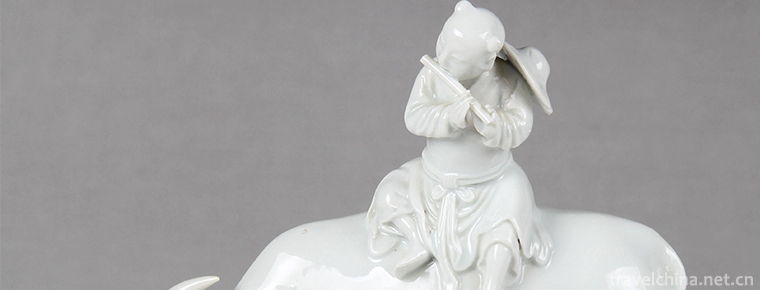
-
Chaoyang Park Beijing Sun Park
Chaoyang Park in Beijing is a comprehensive and multi-functional cultural recreation and entertainment park with gardening as the main part. It is the largest city park within the Fourth Ring Road in .
Views: 119 Time 2019-01-05 -
Longchang Shipaifang Tourist Area
Located in Longchang City, Sichuan Province, China, Longchang Stone Memorial Architecture is a very important type of traditional Chinese architecture. It was rated as a class 4A tourist attraction by.
Views: 171 Time 2019-02-06 -
martial art of emei
Emei Wushu is one of the traditional Chinese Wushu schools, and its birthplace is Emei, a famous mountain in China. Including the worldwide spread of "Five Flowers".
Views: 108 Time 2019-04-28 -
Foshan Wood Engraving New Year Pictures
Foshan woodcut New Year's picture is a famous folk New Year's picture in South China and a wonderful flower of Lingnan traditional folk culture. It is as famous as the New Year.
Views: 175 Time 2019-04-29 -
Brewing Techniques of Old Vinegar
Qingxu old vinegar brewing skills, Shanxi Province Qingxu County local traditional skills, one of the national intangible cultural heritage..
Views: 125 Time 2019-05-11 -
Liu Zi Opera
Liuzi Opera, a local traditional drama popular in Shandong, Henan, Hebei, Jiangsu and Anhui, is one of the national intangible cultural heritage..
Views: 151 Time 2019-05-14 -
monologue storytelling accompanied by drumbeats
Plum blossom drum, born in the middle of the Qing Dynasty, originated in Beijing, is popular in Beijing and Tianjin. Before liberation, the sons and daughters of Beijing Banner People liked to sing me.
Views: 257 Time 2019-06-03 -
Production Techniques of National Musical Instruments
The production of national musical instruments in Suzhou is one of the local traditional handicraft techniques in Jiangsu Province. With a long history, a wide range of varieties, exquisite skills and.
Views: 445 Time 2019-06-05 -
Mianyang Teachers College
Mianyang Normal University is a full-time general undergraduate college in Sichuan Province. The school is located in Mianyang, China's science and technology city, the birthplace of Li Bai, known as .
Views: 186 Time 2019-08-31 -
Sichuan Normal University
Sichuan Normal University is one of the key universities in Sichuan Province and the first national universities to implement the "Basic Capacity Building Project of Colleges and Universities in .
Views: 138 Time 2019-08-31 -
And then I met him 66 Hu Tik Tok Songs 2020 Hot Songs
Hey, do you still think of me Like I cry sometimes at night I was so happy that I thought you were the end To give you everything Time is always disobedient and starts to play dumb.
Views: 487 Time 2020-05-21 -
Dazhou Technology
In 2019, Dazhou has 66 national high-tech enterprises, and the main business income of high-tech industry is 34 billion yuan. There are 1 national level maker space and 1 star innovation space, 6 provincial science and technology enterprise incubators.
Views: 191 Time 2020-12-20

